How to grow chilli willi peppers properly?
The Chilli Willie pepper variety spread throughout the world from Texas and Louisiana. It was grown by few gardeners, because not everyone was satisfied with its indecent appearance.
Chili pepper owes its distribution to Columbus, who brought it to Spanish countries about five hundred years ago. The Spaniards began to cultivate the culture for medicinal purposes, but later firmly established itself in the kitchen as a savory spice. It was in Spain that the vegetable was called pimiento, that is, pepper, although in its homeland it was still called chili - red.
Content:
- Features of chilli willi pepper
- Landing conditions and rules
- How to care for hot peppers
- Possible difficulties in cultivation
- Scope of Chili Pepper
- How to prepare and store hot peppers
Features of chilli willi pepper
Hot pepper is a shrub and belongs to the Solanaceae family. Scientists attribute the fruits of pepper to berries, but the people call them vegetables. For the first time seeing the Chilli Willie peppercorns, one involuntarily thinks that the variety was created artificially using genetic research. But in fact, its forms were formed in the natural environment.
Chilly Willy pepper is a rare and expensive variety, otherwise known as "Penis Pepper". He was not very popular, because the shape of the fruit resembles a male reproductive organ, which was considered the height of indecency in an aristocratic society. Chilli Willie pepper gained popularity after being shown on American television.
Ripe peppers can be red, orange or yellow in color.
The culture is successfully grown in the open field and as a houseplant that can bear fruit all year round. The taste characteristics of the variety are not inferior to other representatives of hot vegetables, and is highly rated on the Scoville scale. This scale measures the pungency of the fruit by the concentration of capsaicin.
In addition to interesting forms and pronounced taste, chili pepper contains a large number of useful components, including ascorbic acid and endorphins, or "hormones of happiness". Capsaicin stimulates the production of adrenaline, which helps to keep the body in good shape and stay alert. The beneficial properties of the fruit can be preserved both fresh and dried. Hot peppers serve as a base for savory snacks such as adjika, tabasco sauces, chili and salsa.
Landing conditions and rules
Pepper will grow well in fertile, moist soils in a well-lit area without drafts. Peppers should be planted in seedlings. Seedlings are ready for planting in the ground two months after the first shoots appear.
Growing seedlings takes place in several stages:
- Seed preparation. To do this, the seeds are sorted out, placed in water and the specimens that have floated to the surface are removed. Seeds suitable for sowing are disinfected in a manganese solution, washed and dried.
- Seed soaking. Prepared seeds are spread on a damp cloth, wrapped with cling film and left in a warm place to swell.
- Sowing seeds.The planting containers are filled with nutrient soil, consisting of two parts of humus, one part of clay soil and one part of sand. Furrows up to 1 cm deep are formed in the soil, spilled with water, seeds are placed in them and sprinkled with soil on top. Crops are watered abundantly, covered with polyethylene and left to germinate.
- Growing seedlings. With the emergence of seedlings, polyethylene is removed from the containers. Young plants need to be watered regularly and provide optimal light conditions. The duration of daylight hours must be at least 17 hours.
- Seedling picking. Young peppers dive in individual containers, when a pair of real leaves is formed on the bushes. Further care consists in regular watering and loosening of the soil.
- Hardening of seedlings. 2-3 weeks before disembarkation, containers with seedlings are daily taken out into the open air, gradually increasing the walking time.
When the seedlings reach a height of 16-18 cm, they can be transplanted to a permanent place. The grown seedlings are planted with the establishment of warm weather. The temperature at night should not drop below 11 degrees. For pepper, prepare high ridges, the interval between which should be at least 30 cm.The bushes are planted at a distance of 25 cm from each other. Young plantings should be mulched and covered with foil overnight before rooting. Next, provide proper care.
Chili peppers are self-pollinated, so you shouldn't plant them next to bell peppers. Otherwise, the whole crop will take on a pungent taste.
How to care for hot peppers
After the seedlings take root and start growing, the pepper should be properly cared for. These activities are not difficult, but some rules should be followed in order to get a good harvest:
- Formation of bushes. When the plants reach a height of 35-37 cm, you need to pinch the tops of the bushes. This technique stimulates the growth of lateral shoots that will bear fruit. And in order for the Chilli Willie fruits to be larger, you need to remove excess flower ovaries from the bushes. On each bush, 25-26 flowers are left - this is the optimal number of fruits.
- Pollination. Chili peppers are actively pollinated at temperatures above 30 degrees. And if the summer is cool and the air temperature does not rise above 20-23 degrees, then the bushes should be helped with pollination. To do this, it is enough to lightly knock on the stems of the plants and the pollen will spread evenly over all the flowers.
- Irrigation. Chilli Willie pepper is very moisture-loving, but especially needs moisture during flowering, formation and ripening of fruits. In the summer, plantings need daily watering, and in case of strong heat, the procedure can be carried out twice a day. Irrigation water should be settled and not cold. The row spacing must be loosened regularly and weeds removed.
- Fertilization. At the beginning of the growing season, chili peppers need to be fed with fertilizers with a high content of phosphorus and magnesium. During the formation and development of fruits, nitrogen supplements should be reduced. Balanced dressings for tomatoes work well for peppers. And they should be entered according to the instructions.
Pepper Chilli Willy is recommended to be filmed unripe. The peppercorns ripen at room temperature, therefore, the fresh storage period of the fruits is extended, and an additional crop can form on the bushes. When harvesting, you should not pluck the pepper from the bush, it is better to use a knife or scissors. This will prevent damage to the plants and minimize stress.
After harvesting, the pepper bushes can be stored until spring for later planting. For this, the plants are cut to a height of 12-15 cm and planted in bulk containers. Place the pots of pepper in a cool place. In the spring, the bushes are planted again on the prepared beds. These shrubs will quickly grow green mass and produce an earlier and more bountiful harvest.
Possible difficulties in cultivation
Growing chilli willy peppers is easy, but every gardener may face some issues to be aware of:
- Falling flowers. During the hot and dry season, when the air temperature rises above 35 degrees, plants can shed flowers. This nuisance can occur due to significant changes in night and day temperatures, as well as improper watering.
- Curvature of the shape of the fruit. Occurs at high temperatures and poor pollination. To avoid such problems, peppers need to be helped during the pollination period. To do this, the bushes are periodically shaken to ensure air movement around the flowers.
Diseases can develop in violation of agricultural practices and in adverse weather conditions. Most often, peppers get sick:
- gray mold that develops with high humidity. White spots form on the fruits of the plants. The disease first affects fruits located near the ground and gradually affects the entire plant.
- tobacco mosaic virus - the leaves begin to turn yellow and eventually fall off. The danger of the disease lies in its resistance to insecticides, as well as in infectiousness - the entire plantation can suffer from one diseased bush
- anthracnose - round watery spots are formed on the fruits, which lead to rotting of the fruits. The cause of the development of the disease is excessive watering of plants.
Also, peppers can be attacked by pests: aphids, spider mites, Colorado beetles, whiteflies, scoop, bear and naked slugs. But this does not happen often, because parasites prefer other nightshades.
You can fight pests and diseases with the help of biological and chemical preparations. The former can be prepared independently, while the latter are purchased in specialized shops. If you follow all the rules of agricultural technology and maintain the cleanliness of the garden, it is possible to avoid contamination of plants.
Chili Pepper Applications
Chilli Willie pepper is actively used in cooking for the preparation of hot sauces and as a spice. It can be used fresh, dried, salted, or pickled. On the basis of hot pepper, many spices are prepared, which consist of several spices that complement each other. Fresh fruits are added to marinades when canning vegetables and salads.
Pepper contains many useful components, which makes it indispensable in medicine and cosmetology.
On the basis of the burning fruit, formulations with warming properties are prepared. They are used to relieve painful sensations in diseases of bones and joints, in trauma, bronchitis and colds. Ointments, creams, patches and tinctures are used as external rubbing agents.
In cosmetology, pepper tinctures are often used. It can be rubbed into the scalp to stimulate blood circulation and accelerate hair growth. Also, the tincture is added to the composition of ointments, creams and oils, which have a firming effect on the skin.
Chilli Willie pepper is often included in weight loss diets. The active components of the vegetable stimulate blood circulation, help break down fat cells and remove toxins from the large intestine. Hot pepper massage gels and plasters help fight cellulite.
How to prepare and store hot peppers
Chilli willi peppers can be stored in several ways (the choice of a particular storage method depends on the subsequent use of the product):
- Drying of fruits. To dry the pepper, it can be strung on a strong thread by the stalks and hung in a dry, ventilated area. Or spread it out on paper and turn it over periodically. The main thing is that the peppercorns do not touch each other. Once the process is complete, the peppers can be stored in bags or chopped and used as a seasoning.
- Pickling. The fruits must be washed and cut if desired.The seeds should not be removed to maintain their pungency. Vegetables should be doused with boiling water and placed in sterile jars. The blanks are poured with hot vinegar. You can add salt, sugar and spices if desired. Banks are sealed and stored as preservation.
- Freezing. This method leads to the loss of some nutrients, but the taste and aroma are preserved. The fruits are washed well and cut into arbitrary pieces, placed in the freezer for one hour. When the vegetables are slightly frozen, they are laid out in separate bags and returned to the freezer. You can freeze whole chili. The shelf life of blanks lasts no more than a year.
- Storage in oil. This method helps to preserve all the beneficial properties of the vegetable. The fruits are washed, the stalks are cut off, placed in sterile jars and poured with warm vegetable oil. Such blanks should be stored in the refrigerator for six months.
- Storage in brine. The fruit is washed, laid out in jars and poured with cold strong salt solution. The jars are closed with nylon lids and placed in the refrigerator. To prepare the brine, you need to dissolve so much salt in water so that the chicken egg floats on the surface.
Some storage methods help preserve the taste and characteristics of the fruit. And other methods allow you not only to add pepper in meals, but also use it as a stand-alone snack.
Growing chilli willy peppers is easy, and in gratitude, the plant will yield a good harvest of healthy vegetables. And when growing it on a windowsill, the harvest can be obtained throughout the year without resorting to harvesting. In addition, a fruiting Chilly Willie bush in a pot can be an unforgettable, fun and useful gift.
More information can be found in the video:



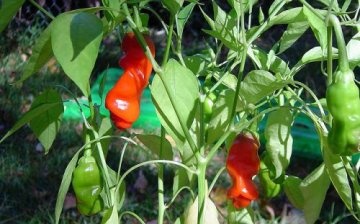
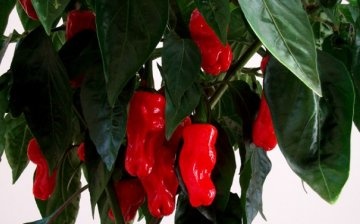
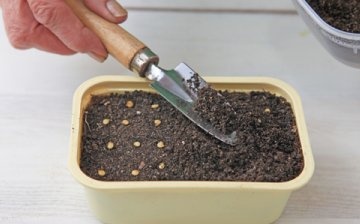

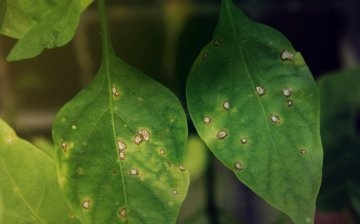
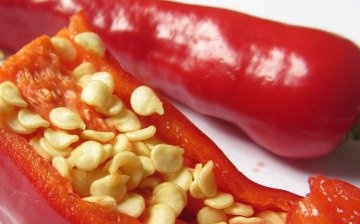
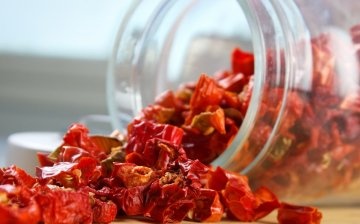







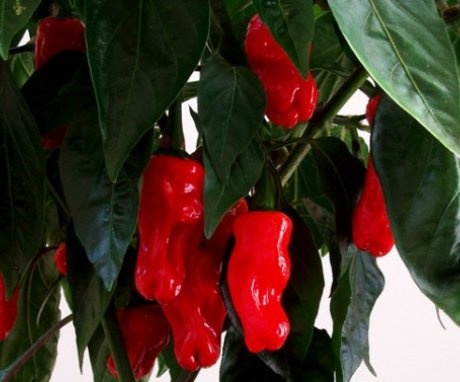
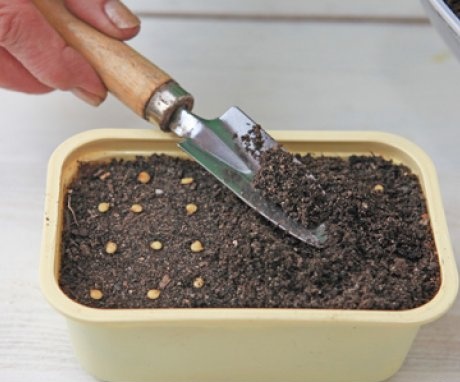
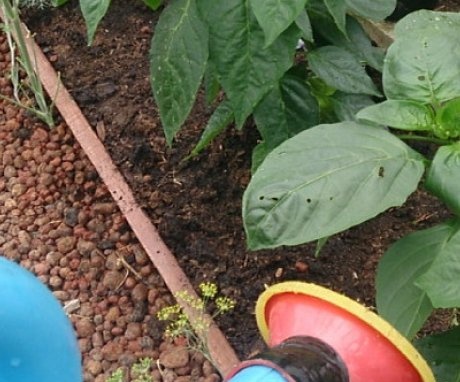
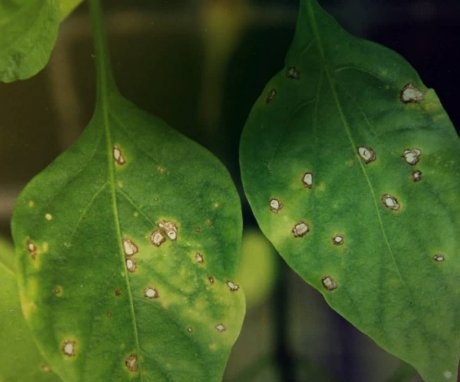
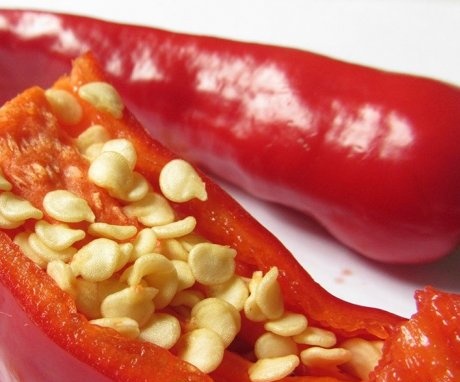
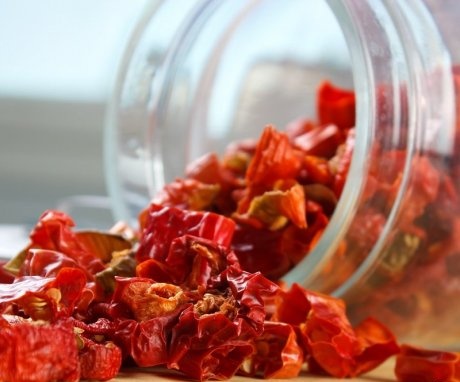
I have not grown such a hot pepper yet, it is interesting that it is perennial and having once grown seedlings, you can plant bushes in open ground for several years in the spring and get a high yield of chili peppers.
I use pepper in a fairly large amount both for preservation and for drying. In winter, in cold weather, you just want a hot pepper. Next year I will definitely try to grow it myself according to the advice from the article.